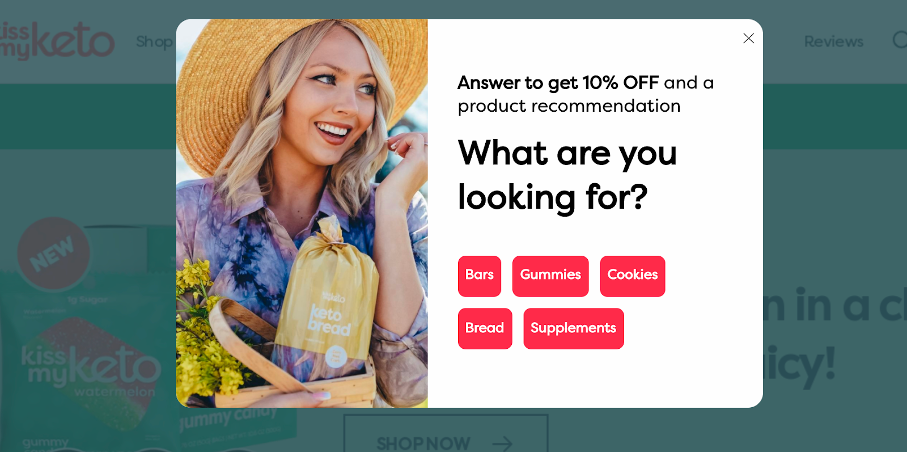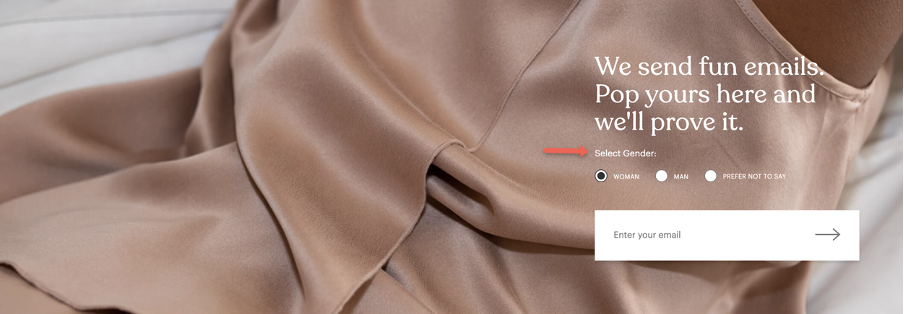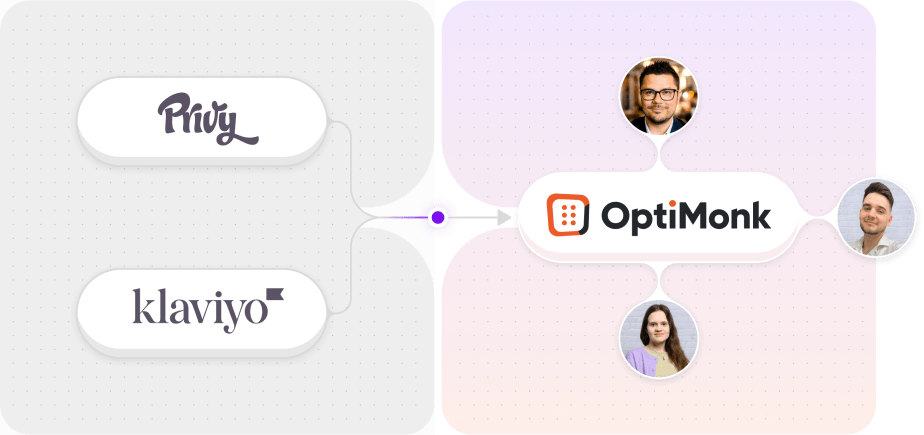- Blog
- 8 Lead Segmentation Strategies to Boost Conversions
8 Lead Segmentation Strategies to Boost Conversions
Table of Contents
Thinking about segmenting your leads but not sure where to start? Or maybe you’ve tried it, but your results felt… meh. The good news? You’re in the right place for strategies that actually move the needle.
We’re talking 8 tried-and-tested lead segmentation strategies you can implement today.
If better targeting, higher conversions, and less email fatigue sound like your thing, keep reading.
What is lead segmentation?
Lead segmentation is the process of dividing your leads into smaller groups based on shared characteristics—like behavior, demographics, or interests.
Think of it as sorting your contacts into VIP rooms. Each room gets a tailored experience that speaks directly to their needs, which means they’re way more likely to buy, click, or engage. This approach helps you connect more effectively with your potential customers, ensuring your marketing messages resonate.
Why is lead segmentation important, anyway?
Let’s be real—no one likes getting spammed with irrelevant offers. That “one-size-fits-all” email blast? It’s outdated and annoying.
Lead segmentation, also known as customer segmentation, enables you to create targeted marketing campaigns by delivering the right message to the right person at the right time.
It’s like giving your marketing efforts a sixth sense.
By grouping leads based on behaviors, interests, or demographics, your messaging becomes smarter—and so do your conversion rates.
8 lead segmentation strategies to boost conversions
Ready to boost your marketing and sales efforts? Here are eight lead segmentation strategies to help you better understand your audience and personalize your messaging.
1. Identify categories that leads are interested in
If you want people to engage with your content, start by figuring out what they actually care about. The simplest way?
Ask them. Use pop-ups or signup forms to learn what topics or products they’re interested in.
Kiss My Keto nails this with a “What are you looking for?” popup, letting visitors select from options like bars, gummies, or cookies.

Posing this kind of question upfront helps brands tailor the customer journey from the very beginning, increasing the likelihood of a sale because they’re serving relevant content right out of the gate.
2. Use demographic-based segmentation
Understanding who your audience is—age, gender, income level, education, marital status—gives you serious power when crafting personalized campaigns.
This kind of segmentation lets you speak in a tone and style that resonates, and makes it easy to highlight products that are actually relevant. Lunya, for example, asks for gender at signup.

This small filter allows them to deliver more curated and appealing content to each subscriber. And it’s not just about product fit; it’s about building a relationship that feels tailored and authentic.
3. Group leads based on where they are in the buyer’s journey
Not all leads are created equal. Someone who just discovered your brand doesn’t need a hard sell, while someone who’s been lurking for weeks might just need a final nudge.
Segmenting based on where leads are in the buyer’s journey means organizing them into three basic buckets:
- Awareness (just discovering their problem),
- Consideration (exploring possible solutions), and
- Decision (ready to buy).
For those in the awareness stage, send helpful blog posts or educational content.
Consideration-stage leads respond better to comparison guides or webinars.
And if someone’s ready to decide, give them testimonials, case studies, or a solid offer to close the deal.
Basically, you want to think of it like dating—asking for commitment too soon rarely ends well.
This approach is a key part of effective targeted marketing strategies, ensuring your messaging aligns perfectly with where your leads are in their journey.
4. Group leads by their level of interaction with your marketing efforts
Some people open every email, click on every link, and binge-watch your entire YouTube channel.
Others haven’t so much as opened a single email in months. These two groups shouldn’t get the same treatment.
By tracking behaviors like open rates, click-through rates, time spent on your site, or webinar attendance, you can segment leads based on how engaged they are. High-engagement leads might be ripe for a special promo or an exclusive offer.
Cold leads? Try a re-engagement campaign with a strong hook or a feedback request. Meet your audience where they are, not where you wish they were.
5. Group leads based on the specific challenges or problems they’re trying to solve
People buy solutions, not products. If you know what problem your lead is trying to solve, you can frame your messaging in a way that feels immediately relevant.
This information can be gathered through forms, quizzes, surveys, or even behavioral patterns.
Obvi, for instance, asks users, “What is your number one goal right now?” when they land on their site. This allows them to shape offers that align with the customer’s current mindset.

A skincare brand might ask, “What are your top skin concerns?”
Whether the issue is dryness, acne, or aging, you can respond with content and product recommendations that feel deeply personal—and genuinely helpful.
6. Use past purchase history for segmentation
If someone has already made a purchase, you’ve got gold in your hands. Past purchases tell you a lot about a customer’s preferences, spending habits, and loyalty potential.
You can use this data to suggest related products, offer upsells, or send timely replenishment reminders.
For example, if someone buys a 30-day supplement, you could trigger an email around day 25 nudging them to restock.
This isn’t just smart marketing—it’s strategy disguised as customer service. Personalized, relevant follow-ups based on past behavior often outperform even your most polished cold campaigns.
7. Segment leads based on their physical location
Geography still matters—even in the digital age. Location-based segmentation allows you to customize marketing based on time zones, seasons, language, cultural norms, and even local events.
A clothing brand, for example, could push winter gear to customers in snowy areas while highlighting swimwear for those in tropical climates.
You can also tweak offers based on local currencies, shipping rates, or store availability. Localizing your message—even something as simple as including the city name in the subject line of an email—can dramatically improve open rates and click-throughs.
8. Use transactional segmentation
This strategy goes beyond a single purchase and looks at the type of customer you’re dealing with.
Transactional segmentation focuses on three main metrics: how recently someone made a purchase, how frequently they buy, and how much they typically spend.
Recent buyers may be more open to upsells or cross-sells, frequent buyers might qualify for a loyalty program, and high-value customers deserve VIP treatment.
These insights allow you to build smart campaigns that prioritize customer lifetime value (LTV), not just one-off sales.
FAQ
What’s the difference between behavioral segmentation and demographic segmentation?
Behavioral segmentation focuses on what your customers do, like browsing habits, purchase frequency, or cart abandonment. Demographic segmentation, on the other hand, is all about who they are: age, gender, income, location, etc.
Both are valuable, but behavioral data often reveals intent, making it especially powerful for personalized marketing strategies.
How can behavioral segmentation improve my marketing campaigns?
Behavioral segmentation helps you tailor messages based on real-time actions—like viewing a product, clicking an email, or spending time on a category page. This means your marketing campaigns become more relevant and timely.
Instead of generic blasts, you’re sending offers that match what the user already wants, which leads to better open rates, clicks, and conversions. This approach is a key part of an effective lead segmentation system.
Why is understanding your target audience critical for lead segmentation?
If you don’t know who you’re talking to, your message won’t land. Understanding your target audience—what they need, value, and respond to—is the foundation of effective segmentation and successful marketing efforts.
This kind of understanding helps you craft campaigns that feel personal and relevant, which increases trust and drives action.
Wrapping up
Lead segmentation isn’t just a marketing hack—it’s a growth strategy.
When sales and marketing teams speak to your audience based on their behavior, interests, and stage in the buyer’s journey, your message hits different.
It feels personal, relevant, and timely—and that’s exactly what drives conversions.
Whether you’re just starting out or leveling up your existing strategy, these segmentation tactics can help you cut through the noise and connect with your audience in meaningful ways. Start small, test often, and watch your campaigns get sharper—and your results stronger.
Ready to turn insight into action? Your next high-converting campaign starts with segmentation.
Migration has never been easier
We made switching a no-brainer with our free, white-glove onboarding service so you can get started in the blink of an eye.

What should you do next?
Thanks for reading till the end. Here are 4 ways we can help you grow your business:
Boost conversions with proven use cases
Explore our Use Case Library, filled with actionable personalization examples and step-by-step guides to unlock your website's full potential. Check out Use Case Library
Create a free OptiMonk account
Create a free OptiMonk account and easily get started with popups and conversion rate optimization. Get OptiMonk free
Get advice from a CRO expert
Schedule a personalized discovery call with one of our experts to explore how OptiMonk can help you grow your business. Book a demo
Join our weekly newsletter
Real CRO insights & marketing tips. No fluff. Straight to your inbox. Subscribe now
Barbara Bartucz
- Posted in
- Marketing
Partner with us
- © OptiMonk. All rights reserved!
- Terms of Use
- Privacy Policy
- Cookie Policy













